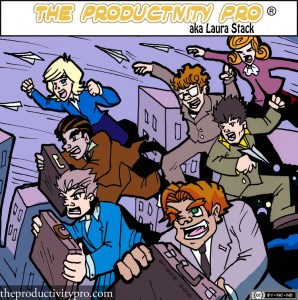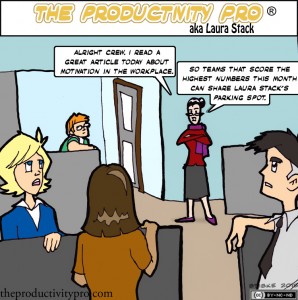
As you can likely attest, most business meetings waste productive time and last far longer than they should. But until we learn to communicate telepathically, meetings will remain a necessary evil—not only as a means of exchanging ideas and information, but also as a way of building relationships with others. That doesn't mean you have to like them, but you can certainly make them more tolerable by applying these tips: Decide If the Meeting Is Even Necessary. Can you handle the issue with a few emails or a conference call? If so, do it. Why call a full meeting if you don't need one? Start On Time. If people don't arrive on time, tough. Start when you agreed to, and don't start over just because individuals arrive late. Latecomers can check the minutes later to find out what … [Read more...]











